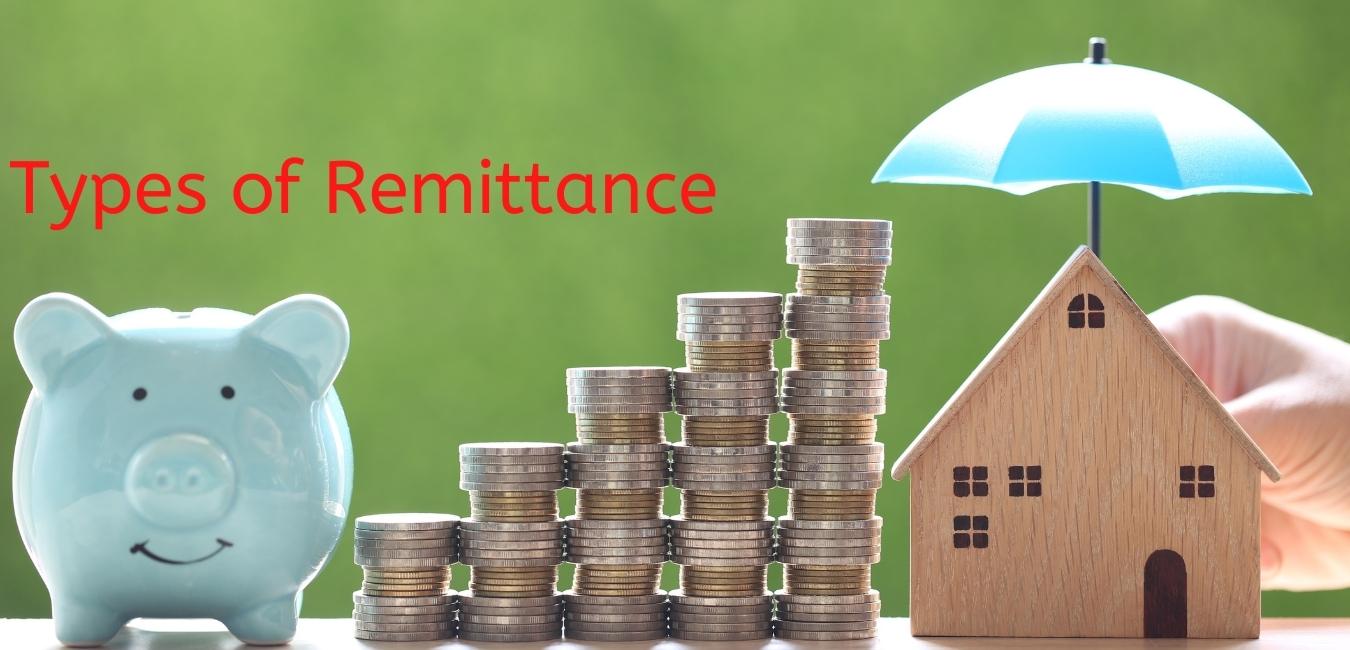
 3954.0 views
3954.0 views
Types of Remittance in India and Their Purpose: Prune
Remittance is a term used to describe the transfer of money from one individual or entity to another. It is an essential aspect of the economy as it facilitates the movement of funds across geographical boundaries. In simple terms, remittance means sending money across borders, and it is an integral part of the financial ecosystem in India. This blog will discuss the different types of remittances in India and their purpose.
Remittance is a crucial source of income for many households in India. It helps in the sustenance of family members dependent on the income of their loved ones who work abroad. As per the World Bank, India received $89,127 million in remittance inflows in the financial year 2021-22, making it the highest recipient of remittances globally. With the advent of technology and the internet, remittance services have become more accessible and affordable.
Types of Remittance in India
There are two types of remittance in India: Inward Remittance and Outward Remittance. Inward remittance refers to the transfer of money from a foreign country to India, while outward remittance refers to the transfer from India to a foreign country. Let’s understand this in detail:
- Inward Remittance:
Inward remittance refers to the transfer of funds from a foreign country to India. This type of remittance plays a crucial role in supporting the financial needs of families of non-resident Indians (NRIs) and foreign nationals working in India. Inward remittance can be done through various channels, including wire transfers, online money transfers, foreign currency demand drafts, and remittance cards.
For many families, inward remittance is a lifeline as it provides financial support from loved ones working abroad. The money received through inward remittance can be used to cover expenses like education, healthcare, and household expenses. Additionally, inward remittance can also be used for investment, savings, and loan repayment purposes.
Inward remittance not only supports the financial needs of families but also contributes to the growth of the Indian economy. The funds received through inward remittance help boost foreign exchange reserves, which in turn helps stabilise the Indian rupee against foreign currencies.
- Outward Remittance:
Outward remittance refers to the transfer of funds from India to a foreign country. This type of remittance is usually done for various purposes, such as education, travel, medical treatment, investment, and business expansion.
For individuals, outward remittance provides the means to pay for expenses incurred abroad. For example, if an individual wants to study abroad, they may need to pay tuition fees, accommodation expenses, and other related expenses. Outward remittance allows them to pay for these expenses from their Indian bank account.
Outward remittance also plays a crucial role in supporting the growth of the global economy. It facilitates international trade and investment, which in turn contributes to the economic development of countries.
Purpose of Remittance
Remittance serves several purposes, including:
- Family Support: Remittance is often sent to support family members dependent on the income of their loved ones who work abroad. This includes expenses like education, healthcare, and household expenses.
- Investment: Remittance can also be used for investment purposes. It can be used to purchase assets like real estate, stocks, and mutual funds. It can also be used to start a business or expand an existing one.
- Savings: Remittance can be used for saving purposes. It can be deposited in savings accounts, fixed deposits, and other financial instruments that offer attractive returns.
- Repayment of Loans: Remittance can also be used to repay loans like home loans, personal loans, and education loans.
What is allowed for Remittance?
The Reserve Bank of India has issued guidelines for remittance. These Transactions fall under the Foreign Exchange Management Act (FEMA) Foreign Exchange Management Act has put together a list of reasons for which you can receive money from India or send money to India. This is the list:
- Educational Programs
- University Tuition Fees
- Medical Treatment
- Financial Support
- Travel Expenses
- Gifts
- Donations (to India)
- Investing in India
- Proceeds from Domestic sale/deposits of assets (only applicable for PIO and NRIs)
Documentation:
The documentation process for inward and outward remittance in India varies based on the type and amount of remittance being sent or received. However, some common documents required for most types of inward and outward remittance transactions are:
Inward Remittance Documentation:
- Remittance Request Form: A form that is filled out by the sender of the remittance to initiate the transfer.
- KYC Documents: Know Your Customer (KYC) documents are required to comply with anti-money laundering regulations. These documents include proof of identity, address, and sometimes proof of income.
- Purpose of Remittance: A declaration of the purpose for which the remittance is being sent is required. This is to ensure that the funds being transferred are not being used for illegal purposes.
- Bank Account Details: The bank account details of the recipient are required to transfer the funds.
It is important to note that the exact documentation process may vary based on the bank and the type and amount of remittance being sent or received. Therefore, it is advisable to check with the bank for the specific documentation requirements for a particular remittance transaction.
Conclusion
In conclusion, remittance means the transfer of money across borders, and it plays a crucial role in the Indian economy. The different types of remittance services offered by banks and financial institutions have made it easier for individuals to transfer money across geographical boundaries. The purpose of remittance varies from family support to investment, savings, and loan repayment. As the world becomes more connected, remittance is expected to grow, contributing to the growth of the global economy.

 Home
Home Buy SIM
Buy SIM





